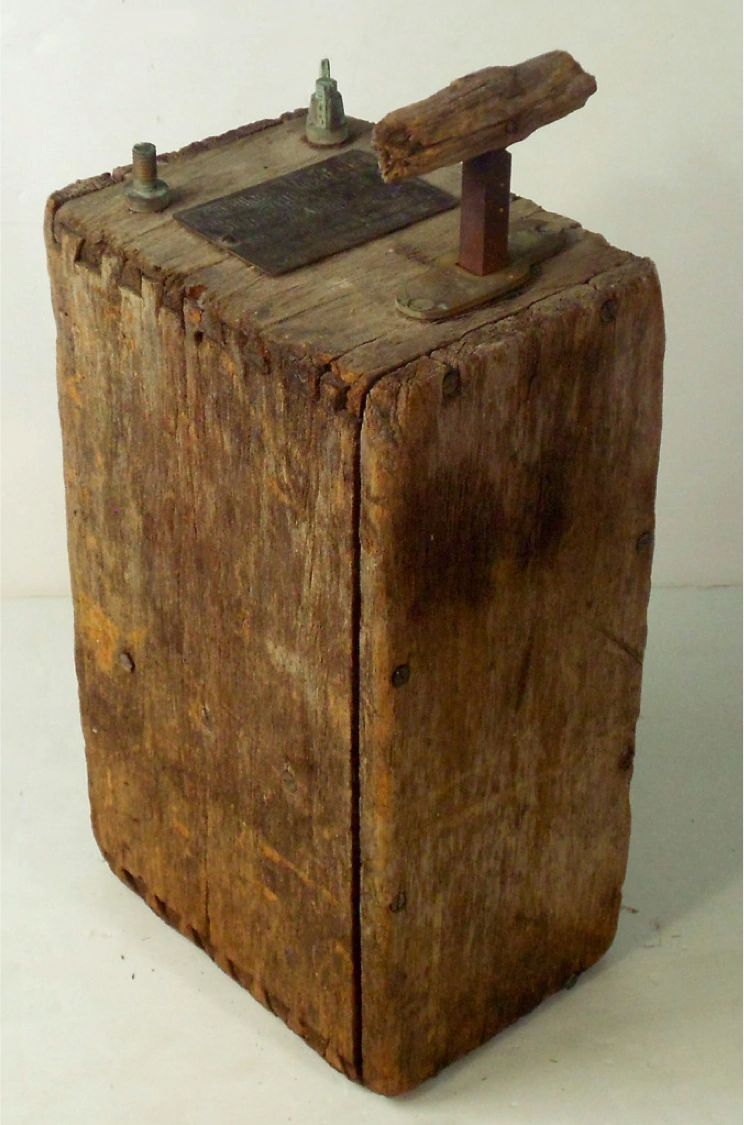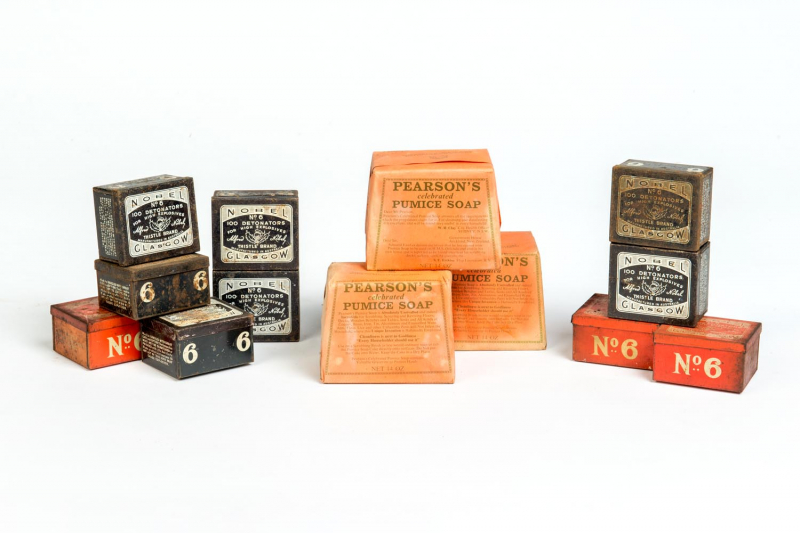In 1863 he invented a practical detonator
Alfred Nobel left Russia in 1850 to study chemistry for a year in Paris. He then spent some time in the United States working for John Ericsson, who was in charge of creating the ironclad warship Monitor. In 1852, when he returned to St. Petersburg, Nobel began working in his father's firm, which had been producing military hardware during the Crimean War. The business had trouble transitioning to the construction of steamboat machinery during peacetime after the war ended in 1856, and it eventually went out of business in 1859.
While Robert and Ludvig remained in Russia to try to save what was left of the family business, Alfred and his parents fled for Sweden. Soon after, Alfred started doing explosives research in a small lab on his father's property. Black powder, a type of gunpowder, was the only reliable explosive available for use in mines at the time. Although nitroglycerin, a freshly discovered liquid molecule, was a much more potent explosion, it could not be handled safely in any way. Even so, Nobel set up a tiny factory to produce nitroglycerin in 1862 and researched to establish a secure mechanism to regulate the explosive's explosive.
By inserting a wooden plug into a bigger charge of liquid nitroglycerin that was kept in a metal container, he created a workable detonator in 1863. The explosion of the plug's modest charge of black powder ignites the much more potent charge of liquid nitroglycerin. This detonator signaled the start of Nobel's fame as an inventor and the money he would amass as a producer of explosives. A blasting cap, also known as an improved detonator, was created by Nobel in 1865. It was a small metal cap that contained a charge of mercury fulminate that could be detonated by shock or moderate heat. The contemporary use of high explosives was introduced with the development of the blasting cap.










